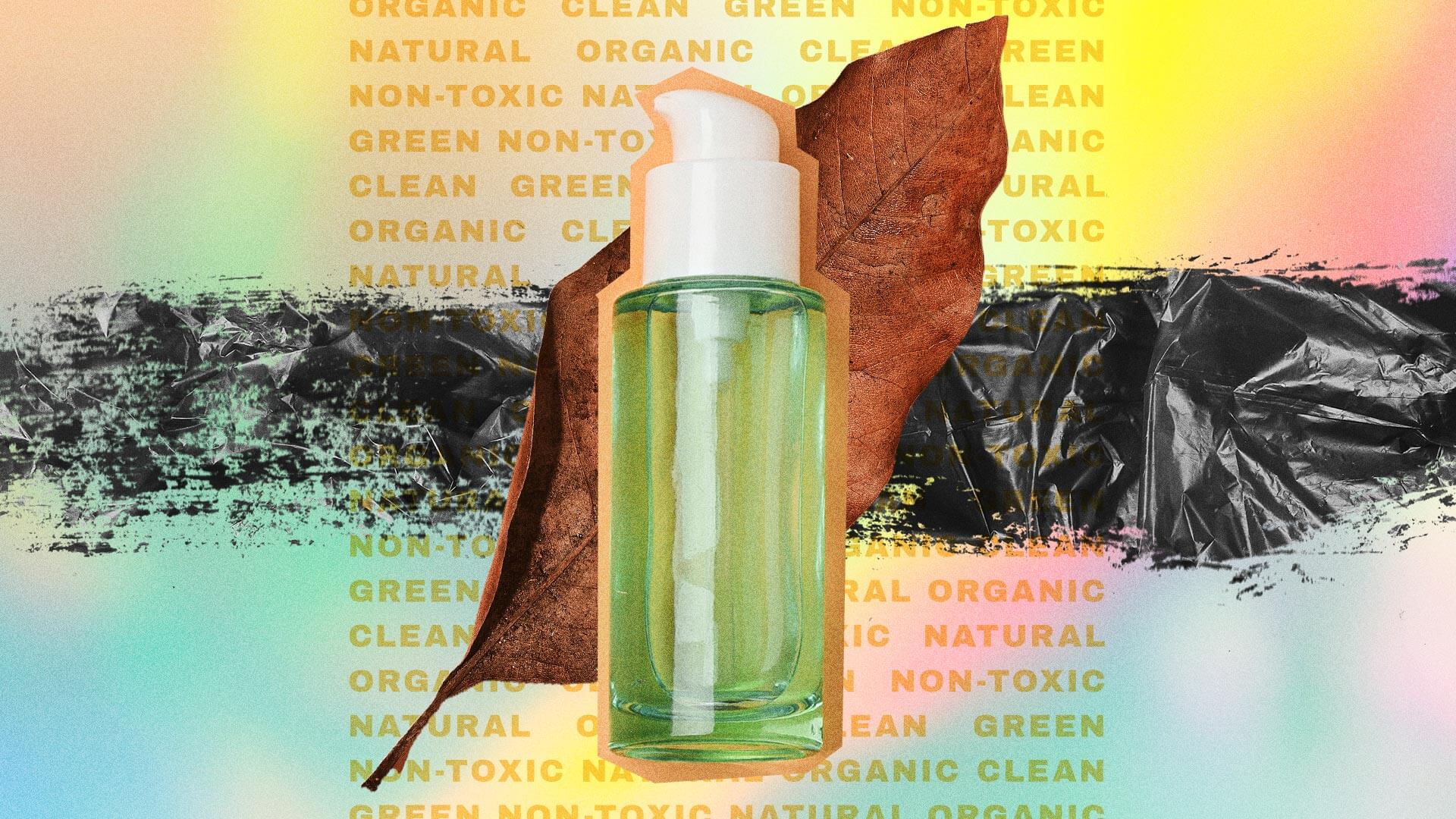At this point, brand dishonesty is such a bore. Personal care has gotten political over the last decade, and we’ve developed high expectations that the beauty industry be a clean, green, customer-responding machine. Brands have considered our feedback on varying levels: from environmentally friendly packaging to nixing animal testing to become cruelty-free.
However, some brands bank on the “trendiness” of going green without actually backing it up. Greenwashing refers to a brand’s exaggerated eco-friendliness and healthiness. Although this problem crosses industries, cosmetic brands are especially guilty. With the beauty community’s growing focus on ingredients and ethics, it’s no surprise that this issue is on consumers’ minds.
How Do Brands Greenwash?
Greenwashing goes beyond harmless marketing. Guilty brands attract consumers with buzzwords like “organic,” “natural” or “green” but have little to back up their claims. Being largely self-regulated, brands in the U.S. cosmetic industry can justify their product’s place in the green beauty sphere with or without the proper ingredient basis.
Promoting natural ingredients (e.g. oils, exfoliators, etc.) serves as another common greenwashing practice. Although these ingredients are present, they become ineffective due to their limited concentration or relative strength. Not to mention, some “natural” ingredients can, in fact, be harmful. For example, physical exfoliators such as seeds have damage skin with their abrasive texture.
One final way companies greenwash their brands takes the issue from product to packaging. Although being “biodegradable” sounds like a greener option, the label simply means a product will decompose eventually. However, the timeframe can extend to months, years and even centuries. Despite posing the selling point as a benefit to the planet, the true definition lets brands mislead customers and contribute to overwhelming waste.
How Can Consumers Win?
One of the easiest ways consumers can avoid greenwashing is to look for certified brands. Although the FDA is responsible for regulating cosmetics, the organization does little to ensure the quality of branded claims. Instead, certifications such as USDA Organic, COSMOS, Fairtrade and the Leaping Bunny offer certainty to customers. Receiving these certifications requires brands to meet strict standards set by these third-party organizations. Also, understanding the difference between terms such as “biodegradable” and “compostable” (a more eco-favorable option) ensures products serve consumers in the ways they hope.
Finally, as ingredient knowledge becomes more accessible, purchasing decisions can be prefaced with a look at the ingredients list. For example, if a product advertises a trendy ingredient –– say rose oil, coconut oil, green tea or hyaluronic acid –– check the ingredients list to see:
1. Where in the ingredients is it listed? The closer to the end, the lower the concentration.
And 2. What ingredients are listed before it? If alcohol is second on the list, the effects of that hyaluronic acid will likely be slim to none.
Is It All on Us?
Money makes some brands shady –– that’s nothing new. However, the lack of legislative support means consumers bear of avoiding greenwashing. The conscious consumer movement and “forward-thinking beauty evolution” have given the beauty community momentum to get the most out of products. The key is calling out the issue. Consumers can advocate for improved cosmetic policy, offer feedback to brands or challenge a friend to ask “Is this as green as I think?”

